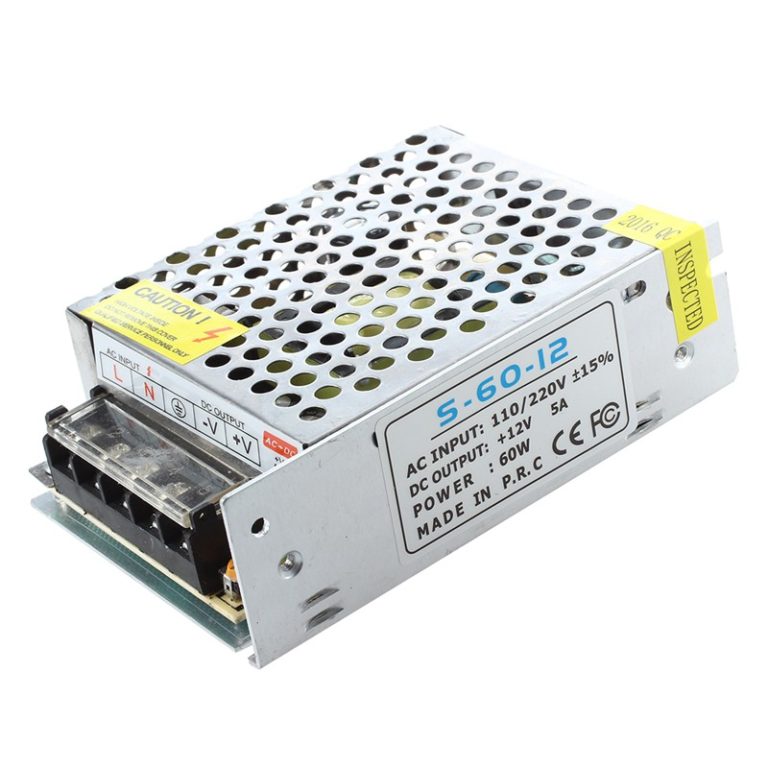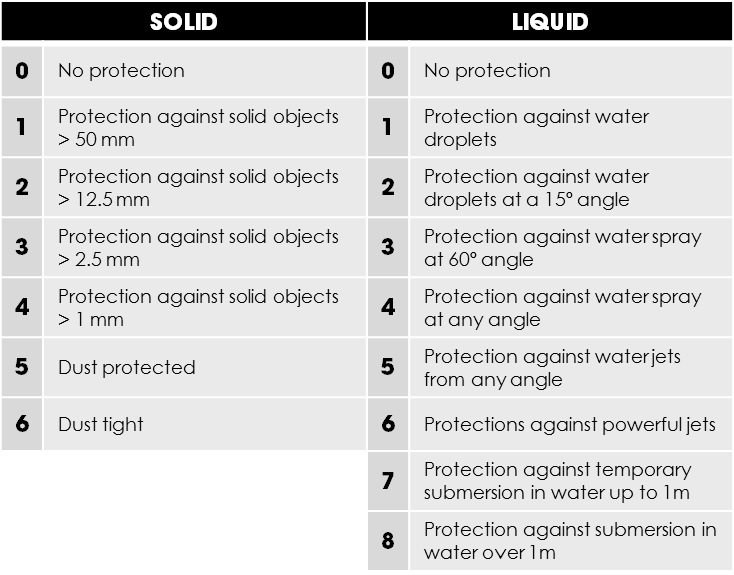What is an LED Driver? And how do I choose the correct one?

LED Driver
LED Drivers, sometimes referred to as LED Transformers or LED Power Supplies, can be quite convoluted and even overwhelming at times. This is due to the sheer amount of the different types and variations an LED Driver can have. Hence, this guide aims to provide clarity on the rudimentary factors to consider when choosing an LED Driver.
What is the Purpose of LED Drivers?
An LED driver is somewhat like cruise control in a car, it helps to control the current that goes to the LED. Without the LED driver, the LEDs would become too hot and unstable which can lead to Thermal Runaways; resulting in bad performance or failure. This means that in an LED light, the driver does all the heavy lifting. Your LED itself might be the best, but it won’t stay that way if you don’t have a good LED driver.
This is because most LED lights runs on low voltage with DC current. Essentially, an LED Driver helps to rectify the high voltage with AC current from the mains power supply to low voltage with DC current for the LED lights.
Internal and External LED Driver
Internal drivers are normally found in household light bulbs. While the LED Bulbs you screw into a fixture may not look like they have one, they actually have an internal driver just like screw-in CFLs have an integral ballast. Most household LEDs that are direct replacements for Incandescent, Halogen, and CFL bulbs with an E26/E27 or GU10/GU24 base have an internal driver.
The external drivers are housed separately from the LEDs and usually used for applications such as outdoor, commercial, roadways lighting. These types of lights require separate drivers which are easier and cheaper to replace. In most of these applications the manufacturer specifies the type of the LED driver to use for particular light assembly.
In most cases, the driver would usually fail before the LED light fixture. Hence, it will be way easier and cheaper to replace or repair the external driver compared to replacing the entire light fixture with an internal driver.
Constant Current VS Constant Voltage
All LED drivers are either constant current (CC) or constant voltage (CV), or both. This is one of the first factors you need to consider in your decision making process. This decision will be determined by the LED or module you will be powering, the information for which can be found on the LED’s datasheet.
What is Constant Current?

Constant current (CC) LED drivers keep a constant electric current throughout an electronic circuit by having a variable voltage. CC drivers are often the most popular choice for LED applications. CC LED drivers can be used for individual bulbs or a chain of LEDs in series.
A series means that the LEDs are all mounted together in line, for the current to flow through each one. The disadvantage is that, if the circuit is broken, none of your LEDs will work. However they generally offer better control and a more efficient system than constant voltage.
What is Constant Voltage?

Constant voltage (CV) LED drivers are power supplies. They have a set voltage that they supply to the electronic circuit. You would use CV LED drivers to run multiple LEDs in parallel, for example LED strips. CV power supplies can be used with LED strips that have a current limiting resistor, which most do. The voltage output must meet the voltage requirement of the entire LED string.
CV drivers can also be used for LED light engines which have a driver IC on board.
Specifications (Current / Voltage / Power)
It is quite crucial to run your LED Drivers at the recommended outputs as it helps to prolong its lifespan, reducing maintenance time and costs. Hence, you can achieve the advised lifetime by checking the level you are running it at. This life expectancy of LED drivers usually comes in thousands of hours, known as MTBF (Mean Time Before Failure).
Output Current (mA)
When using a Constant Current LED driver, observe the current requirements of your chosen LED(s). The CC driver should then reflect that value output. LEDs’ data sheets state what they require, with the value given in amps (A) or milliamps (mA). 1 A = 1000 mA
There are also variable and selectable output current drivers. They give either a range, for example 0 mA to 500 mA, or stepped values like 350 mA, 500 mA, 700 mA. Your LED must fall within the chosen value(s).
LEDs can be run at a lower current to help extend its life expectancy. Using a higher current could wear the LED out a lot quicker.
Output Voltage (V)
This value is given in volts (V). For constant voltage drivers, it requires the same output as your LED’s voltage requirements. For multiple LEDs, each LED voltage requirement is added together for a total value.
If you are using constant current, the output voltage must exceed the LED requirements.
Output Power (W)
This value is given in watts (W). Use an LED driver with at least the same value as your LED(s).
The driver must have a higher output power than your LEDs require for extra safety. If the output is equivalent to the LED power requirements, it is running at full power. Running at full power may cause the driver to have a shorter life span. Similarly the power requirement of the LEDs is given as an average. With tolerance added on top for multiple LEDs, you need a higher output power from the driver to cover this.
IP Rating
How water/dust resistant does your LED driver need to be? If your driver is going somewhere where it may come into contact with water/dust, you could use an IP65 rated driver. This means it is protected from dust and any water projected at it.
If you need something water-tight, you might need a driver with an IP67 or IP68 rating. The IP rating is given as a number. The first digit represents solid objects and the second is liquids. Here are the definitions:

Finding the Right LED Driver
Now you are armed with the fundamentals to get you started on the concept of LED Drivers. However, this is just the prologue of LED drivers. There are still many variations and factors such as Dimmable LED Drivers to consider when choosing LED drivers.
About Us
The average prospective user definitely lacks the technical expertise needed to properly identify and plan an LED solution that is the most suitable for his or her needs. Consequently, the intervention of a consulting firm that is capable of guiding the prospective clients in making the right decision is therefore by all means necessary.
123 LED Lighting is an example of such a company. It basically tests, evaluates and guides consumers in purchasing the right LED equipment. To get started, you can visit our website 123 LED Lighting or Contact Us. A member of its customer care department is always on standby and very eager to receive any incoming inquiries and act on them as soon as possible.
